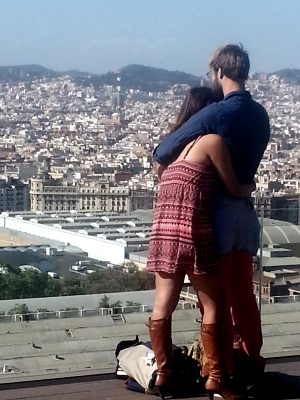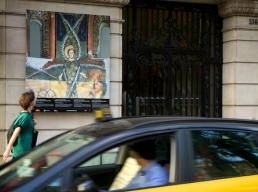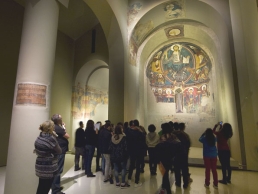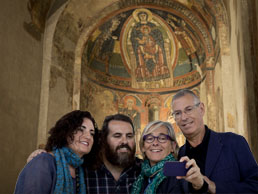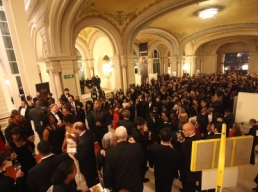
There’s nothing more inspiring, if «you are someone from marketing» and you work in and for a major public museum, than the initial quote from the book by Philip Kotler and Nancy Lee, Marketing in the public sector: «We dedicate this book to all the current and future agents involved in the search for the common good: good for the government, good for the citizens and good for the environment. Our intention is that each of you discovers the contribution that the principles and traditional techniques of marketing can make to improving the performance of your organisation. We hope that you see that the authentic magic of marketing is (simply) an approach oriented towards the citizens.»
As easy as that, and it seems that it is as difficult as that in some moments of the history of the museums: an approach oriented towards the users that starts with a mentality and management style that aims to connect with the people, to innovate, and above all, that asks the key question: what will the society, the citizens be interested in and that will contribute in a way that is profitable for us? And if we ask ourselves this question without tearing our hair out, and we have some good strategic pillars, the compass is well oriented so that this union bears its fruits.
And there we are. In the museum, this orientation, based on the exchange with society, we exercise by means of a marketing of services. Some services transformed in activities, benefits and programmes that go hand in hand with the existence of a tangible product, that can be touched, and, by the way, perhaps the most beautiful thing that a professional has to work with: art. Therefore, if it is true that there is little room for manoeuvre in terms of the «product» that is given to us – the work of art that makes up the collection of the museum, we have, on the other hand, an enormous territory to explore so as to fulfil this premise of marketing: to design a proposal that connects, interests and contributes value to the public.
We therefore have the raw material to elaborate the proposal with and it’s almost infinite: we have the historical context to create the storytelling, and a physical setting, in our case, a palace, but that also counts on an intangible aspect that hosts and contains services, the collaboration relations with other centres or museums that enrich the ideas, the knowledge provided by the visitors if we pay attention, and above all a team of multi-disciplinary professionals. A real luxury.
In this way, under the umbrella of marketing of services and using the method and tools that allow us to construct in the long term – analysis, diagnosis, measurable goals, strategies and action plans, from the Museu Nacional d’Art de Catalunya:
■ we design proposals for the traveller that visits the city and the museum (touristic marketing, promotion)
■ we implement plans for widening the offer of the museum to the citizens from other parts of the territory (marketing of proximity)
■ we create communications based on the knowledge of the visitor to establish lasting relations (relational marketing)
■ we establish commercial actions that contribute value to the activity of the companies and therefore their customers (marketing of events. MNAC Events)
■ we elaborate participative actions and dialogue based on the use of the technology (digital marketing and of contents)
■ we construct activities and programmes aimed at groups at risk of social exclusion (responsible marketing. Apropa Cultura)
■ we innovate with actions that go out onto the street to be closer to the people (street marketing. Madrid acoge al MNAC)
A good range of marketing projects that, due to their extrinsic nature, that outward look, will obtain various results, because it is the society, the behaviour of the market itself, that evaluates and provides feedback to the strategies of the museum. A question of magic? Yes, but hard and rigorous work is also essential. All of this is what we want to share with you in this blog.
In the case of the public museums where there exists an extensive bureaucratic activity based on the law, do you believe that this mostly prevails beyond the interest of satisfying the receivers of the service?
Little involvement of the citizens with the museum signifies indifference? Do you believe that studying, knowing and diversifying the proposals can help to find complicities and, therefore, mutual benefits?Màrqueting

